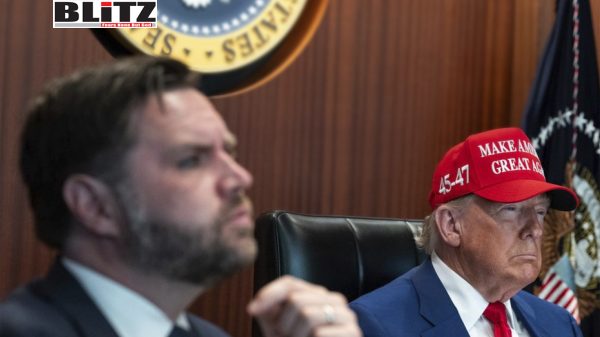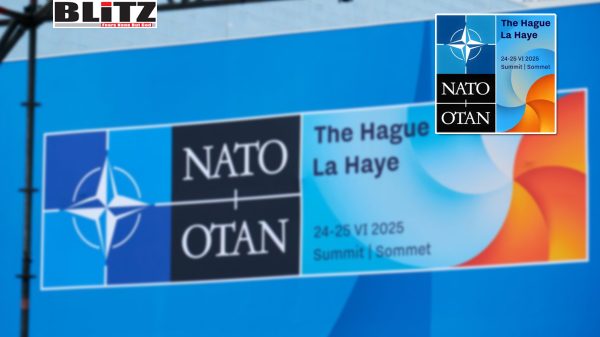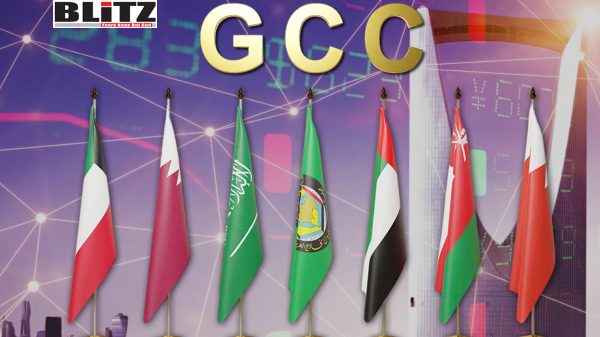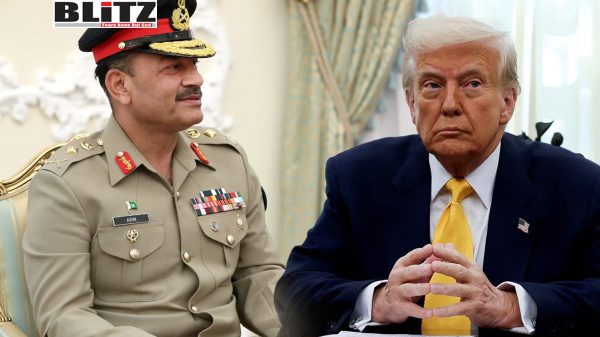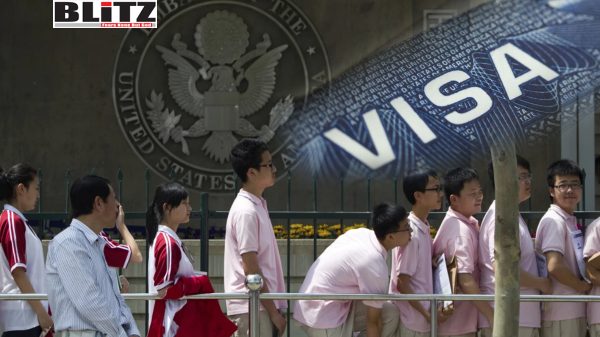No great expectations from the Group of Seven: Why the G7 remains ineffective
- Update Time : Tuesday, June 24, 2025
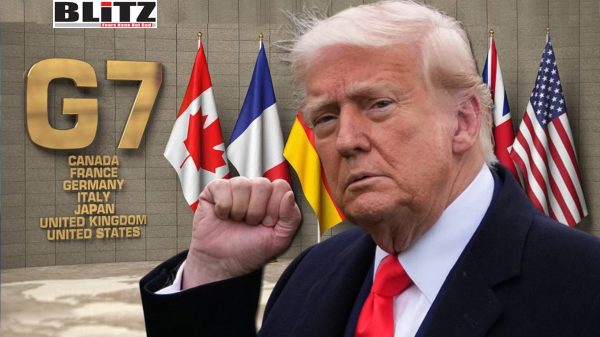
The Group of Seven (G7) gathered in Canada in 2025 for its annual summit, yet as has been the tradition since its inception in 1975, expectations for meaningful outcomes were minimal. Starting as the Group of Six (G6), then evolving to G7 and briefly G8 with the addition and later suspension of Russia, this consortium of wealthy democracies was originally conceived as a forum to coordinate economic and trade policies among the world’s largest economies. However, over nearly five decades, it has become little more than a stage for rhetorical declarations, offering limited solutions to the complex geopolitical and economic crises facing the world.
The G7 began with a narrow mandate focused on economic stability and collaboration among key industrial powers – the United States, France, West Germany, Japan, the United Kingdom, and Italy. Canada joined shortly after in 1976, and post-Soviet Russia was included in 1997, briefly forming the G8. Yet as geopolitical tensions mounted, Russia’s 2014 annexation of Crimea led to its suspension and eventual permanent exclusion in 2017.
With this backdrop, the G7 today is less a group of economic heavyweights and more a loosely aligned bloc struggling to maintain relevance. The European Union and European Commission, without national sovereignty, now sit alongside the seven nations, adding layers of bureaucracy that seem to dilute rather than enhance decision-making. The original pragmatic purpose of the forum has given way to repetitive statements of principle, declarations of intent, and a ritualistic reaffirmation of shared values, rather than concrete action.
One of the most glaring issues with the G7 is its inherent inability to enforce decisions or hold members accountable. The annual summits end with communiques filled with lofty language but devoid of binding commitments. This lack of teeth leads to a “lowest common denominator” effect, where the group settles for vague consensus that avoids offending any member, especially when national interests diverge.
The 2025 summit in Alberta underscored this dynamic. Canada, hosting under the stewardship of Prime Minister Mark Carney, opted not to issue the traditional leaders’ communiqué. This break from tradition was reportedly influenced by US President Donald Trump’s reluctance to commit America’s signature to statements he viewed as ineffective or empty. Instead, Trump prioritized bilateral talks with individual members, reflecting his administration’s skepticism toward multilateral frameworks and preference for direct, results-oriented diplomacy.
The current global landscape exposes the limitations of the G7’s influence. The group has repeatedly faced crises it was either unwilling or unable to resolve decisively. A glaring example is Iran’s nuclear ambitions. For years, the G7 countries have failed to halt the Islamic Republic’s pursuit of nuclear weapons capability despite numerous diplomatic efforts, sanctions, and negotiations.
This failure was starkly highlighted when Israel, under Prime Minister Benjamin Netanyahu, took unilateral action against Iran’s nuclear program and regional proxies. While the G7 hurried to draft statements condemning or addressing the conflict, their collective response remained largely symbolic. The reality is that the G7 lacks both the unified will and the mechanisms to impose effective diplomatic or economic pressure in such matters.
President Trump’s approach during this period was characterized by clear messaging: Israel has the right to self-defense, and Iran must not be allowed to acquire nuclear weapons. His administration coupled this with a “peace through strength” strategy, emphasizing deterrence and military preparedness without engaging in new wars. This realpolitik approach contrasted sharply with the G7’s often abstract, multilateral pronouncements.
Beyond the G7, the emergence of the Group of Twenty (G20) has somewhat eclipsed the older bloc, reflecting the changing global economic order. The G20 includes emerging powers such as China, India, Brazil, and South Africa, making it more representative of the world’s economic realities.
However, like the G7, the G20 has also expanded in membership and scope, often becoming cumbersome and unwieldy. The proliferation of multilateral organizations and forums-“multilats”-risks fragmenting global governance and diluting efforts to address pressing international challenges coherently.
The ultimate “800-pound gorilla” in this realm remains the United Nations. Despite its global reach and comprehensive mandate, the UN has often been criticized for inefficiency, politicization, and inability to enforce resolutions. It has presided over many councils and negotiations, including the Six-Party Talks aimed at North Korea’s denuclearization, which ended inconclusively.
At a time when the world faces numerous security, economic, and humanitarian challenges-from nuclear proliferation and terrorism to climate change and pandemics-the G7’s limited effectiveness is emblematic of a broader crisis in global governance. The ideal of a small group of like-minded democratic states steering the world toward stability and prosperity has been undermined by competing national interests, rising authoritarian powers, and geopolitical realignments.
While bilateral and regional agreements can yield tangible progress in certain cases, the absence of a cohesive, enforceable multilateral framework leaves global challenges inadequately addressed. The G7’s role has shifted more toward maintaining a diplomatic “club” of nations with shared values rather than serving as a catalyst for decisive global action.
The 2025 summit in Canada demonstrated that while the G7 may continue to convene and issue statements, genuine transformation is likely to come from outside these traditional venues. Whether through direct bilateral engagements, regional alliances, or new international coalitions, the ability to enact change depends on pragmatic leadership and the willingness to pursue concrete policies rather than symbolic gestures.
President Trump’s focus on bilateral relationships and peace through strength reflected a growing skepticism toward multilateralism’s efficacy. Whether this approach will yield sustainable peace or further fragmentation remains to be seen. Meanwhile, nations must grapple with how to balance national interests with the necessity of cooperative action on shared threats.
The Group of Seven has evolved from an economically focused forum into a symbol of the challenges facing multilateral diplomacy in the 21st century. Its repeated failures to address critical issues such as Iran’s nuclear program, its increasingly bureaucratic nature, and its inability to produce actionable outcomes have rendered it largely ineffective as a force for global problem-solving.
As global power shifts and new challenges emerge, the world must look beyond the G7’s ritualistic summitry for leadership and solutions. The future lies with actors willing to move beyond words and take decisive, coordinated action-wherever that leadership may arise.



